|
Pipe wrenches are tools used for turning plumbing pipes and other round objects made from soft iron. In the past, water, steam and gas distribution lines were assembled from iron pipes (steam and residential gas lines still use iron pipes). Sections of iron pipe are threaded on both ends and screwed into connectors and other fixtures that have internal threads. Each joint must be leak-proof, which requires that considerable torque be applied in turning the pipes and connectors. Nut wrenches, such as the monkey wrenches I have discussed in the previous posts, cannot get a grip on round objects. Wrenches specifically designed to grip pipes and other round objects began to appear In the middle of the 19th century (a U.S. patent for a "Screw Wrench for Grasping Cylindrical Forms" was issued in 1849). Early pipe wrenches were generally one of two types, screw wrenches, which were fastened to a pipe by tightening an adjustment screw, and tongs, which usually required two hands to pull the handles towards each other while turning the pipe. Screw wrenches could be turned with one hand, but if there was not clearance for the handle to swing in a full circle, the wrench had to be repeatedly loosened and reset to finish turning a pipe. On the other hand, tongs could be easily loosened and reset, but were very awkward to swing through a full circle without loosing their grip on the pipe. In 1869 Daniel Chapman Stillson invented a new type of pipe wrench. One jaw on a Stillson wrench swivels, so that pushing the wrench handle in one direction grips the pipe, while pushing in the other direction releases the pipe. A screw knob adjusts the jaw opening to fit a particular size pipe, but once set, does not need to be changed as long as the wrench is used on that size pipe. The Stillson wrench is "semi-ratcheting." A pipe is turned in one direction as the handle of the wrench is moved back and forth. A Stillson wrench may also be swung in a full circle without losing its grip, as long as pressure is applied continuously to the handle. Daniel Stillson worked for the Walworth Company. When he showed the prototype of his wrench to company executives, they challenged him to test the wrench to see whether it or a pipe would break first. The pipe broke, and Walworth put the Stillson wrench into production. Walworth maintained a monopoly of the production of Stillson wrenches until early in the 20th century, even after the Stillson patent had expired. Walworth was unable to establish "Stillson" as a trademark, and starting around 1905 other companies began producing wrenches that they called "Stillson" or "Stillson pattern". The Tison Tool Barn has six Stillson-pattern pipe wrenches in its collection. First is this Stillson wrench from the Walworth Company. It is 10 inches long, and has a handle made from approximately 20 discs of leather stacked on on a steel rod. The company mark on the wrench consists of four lines, parts of which are badly worn. The first line is "STILLSON'S WRENCH." The third and and fourth lines are "WALWORTH MFG. CO." and "BOSTON, U.S.A.".The second line, however, is particularly hard to read. It starts with "PAT." followed by what appears to be "AUG." Stillson wrenches made by the Walworth Co. after 1882 were marked with a patent date of Aug, 1882. A large letter "S", likely an owner's mark, is stamped several places on the wrench. The wrench is marked as a size 10 (nominal 10 inches). Detail of maker's mark on the Walworth Stillson wrench. A large "S", likely an owner's mark, is also shown. Photo by Donald Albury. Next is a Stillson-pattern wrench made by Peck, Stow, & Wilcox. This wrench has a cylindrical wood handle, which indicates an older model, but it is stamped with the PEXTO logo inside an oval, which indicates manufacture after 1914. "P. S. & W. CO. U.S.A." is stamped in small letters under the logo. It is marked as a size 10. Detail of logo on PEXTO Stillson-pattern wrench. Photo by Donald Albury. Another pipe wrench in the Tison Tool Barn is this 36 inch long wrench made by the Ridge Tool Company of Elyria, Ohio. Its size leaves plenty of room for trade marks and other information. One mark is the patent number, 1,727623, which was issued in 1929, establishing the earliest date this wrench was manufactured. The next pipe wrench has several marks on it, but I have only been able to associate one of them with a manufacturer. There is a mark consisting of an "E" inside a circle, which was used by the Eberhard Manufacturing Company. Some wrenches manufactured by Eberhard were sold under other brand names. The wrench has a mark that looks like a logo, "Lakeside" in script. There was a Lakeside Forge Co. that made wrenches, but this mark does not resemble the logos I have found that were used by that company. There is also a mark, "C. E. SWANBUM", that is probably an owner's mark. As noted in an earlier post, the Tison Tool Barn also has a monkey wrench with the mark "S. SWANBUM," but I do not know if or how the two Swanbums were related, although the two marks look like they were made using the same set of letter punches. Another of the pipe wrenches in the Tison Tool Barn collection has no indication of its origin. The only marks are the number "246" stamped in two places. This wrench has a handle made of more than 35 leather disks and is 16 inches long. Since my last post, the Matheson History Museum has received a donation of a tool box full of tools. I haven't delved very far into the tool box, but a 10-inch Trimo pipe wrench is lying at the top. Trimo was the brand of the Trimont Tool Company of Roxbury, Mass. It apparently was in business from 1902 until 1954. I plan to explore the contents of this tool box in future posts. Addendum: Just hours after I put this post up, I found another pipe wrench in the new tool box. It is a 10-inch pipe wrench from Ridge Tool Co. In my next post I will be be looking at a few other adjustable wrenches from the Tison Tool Barn collection.
25 Comments
|
AuthorI have been a volunteer at the Matheson History Museum. Feeling an affinity with old hand tools (some of which I remember from my youth), I have tried to learn more about the history of the tools in the Tison Tool Barn, and how they were used. All text and photographs by Donald Albury in this blog are licensed under a Creative Commons Attribution-ShareAlike 4.0 International License. All illustrations taken from Wikimedia Commons are either in the public domain, or have been released under a Creative Commons license.
Archives
December 2015
Categories
All
Interesting Sites about Old Tools |
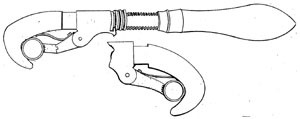
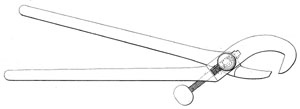

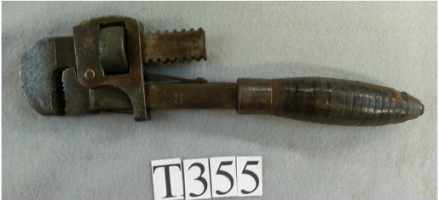
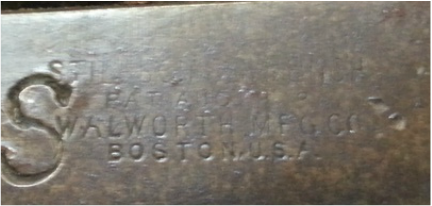
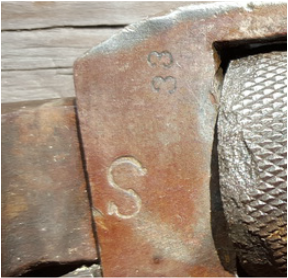
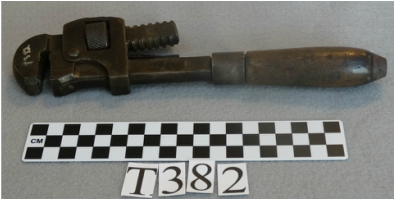
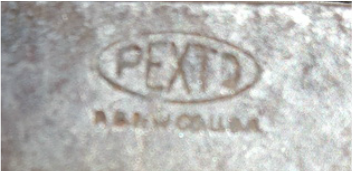




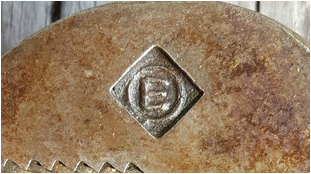
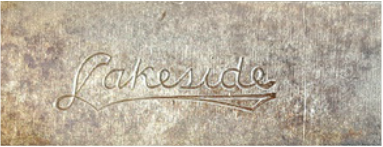
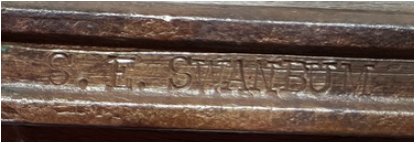

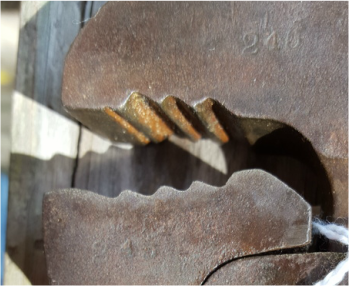
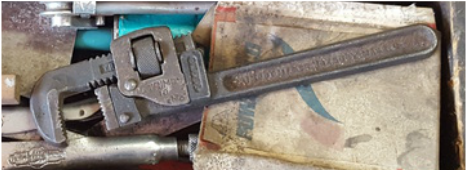
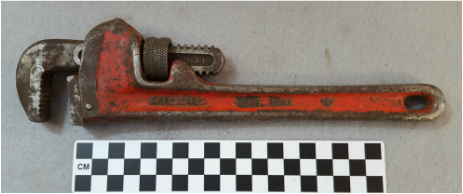
 RSS Feed
RSS Feed
